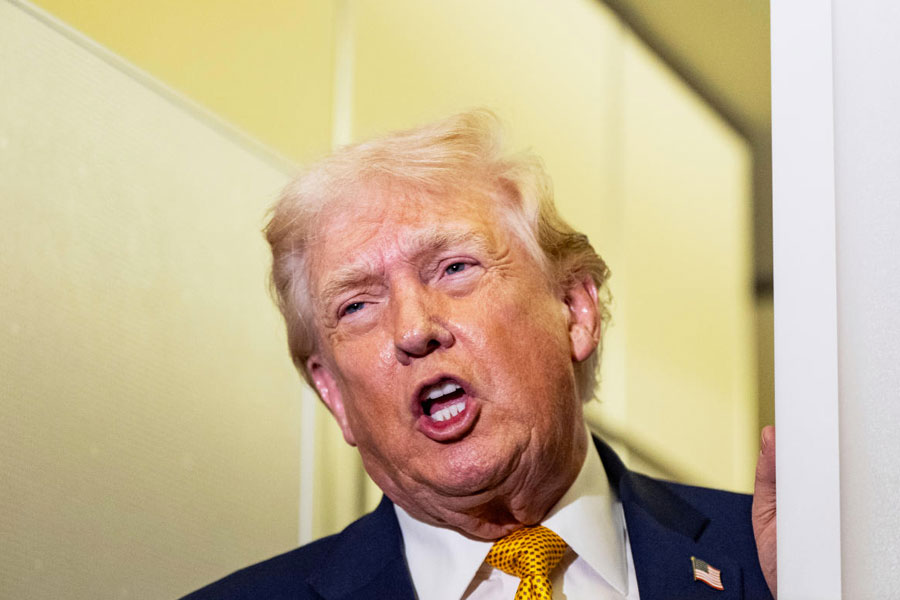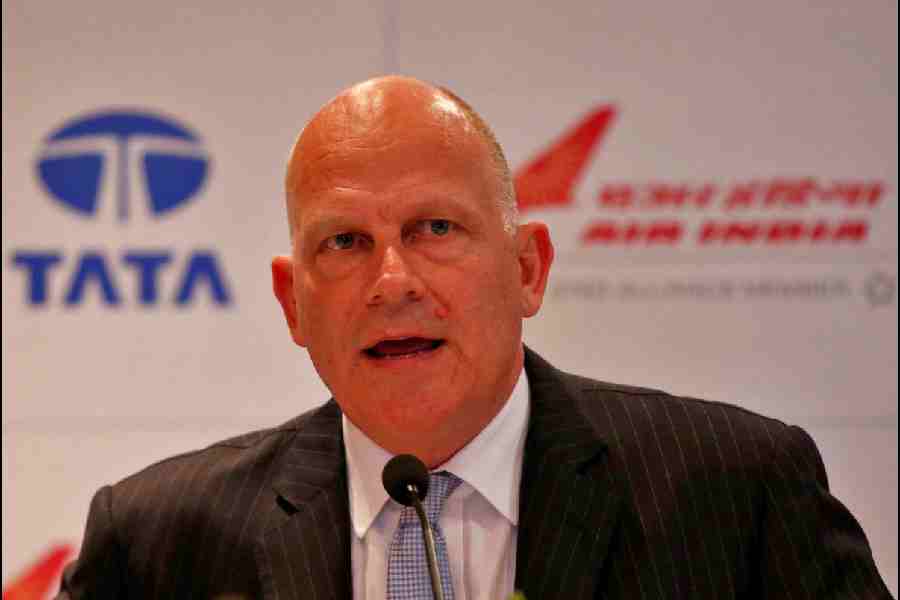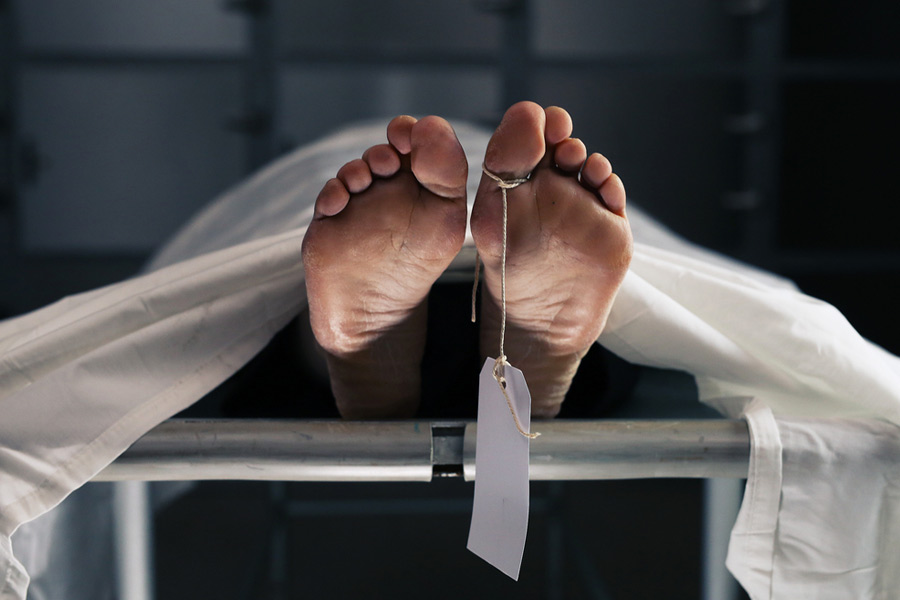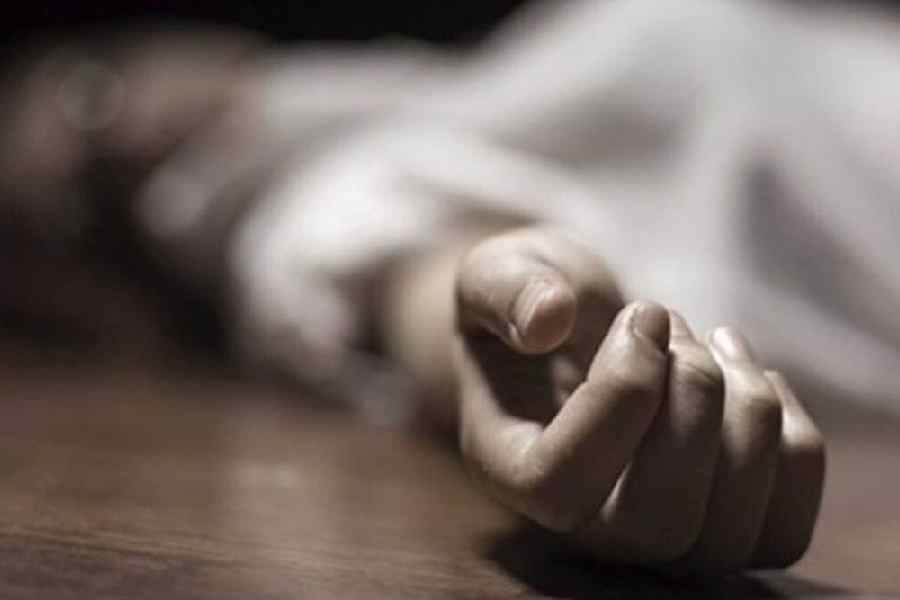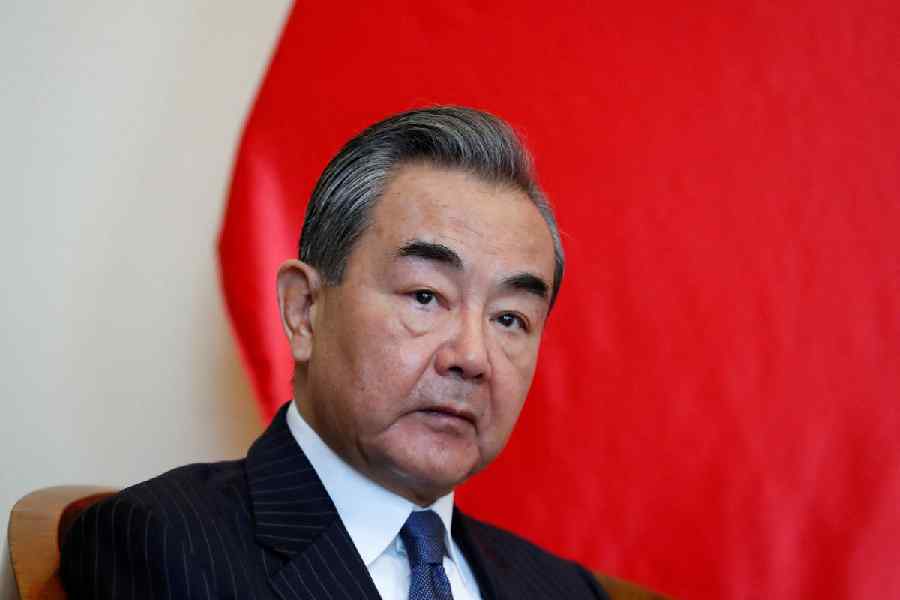 |
Guwahati, July 25: What does it take to be called an “Assamese” is a question that has raised a political storm and is likely to dominate the campaign in the run-up to the Assembly election in 2011.
With the group of ministers constituted by Dispur in 2005 yet to take a final decision on the issue, The Telegraph spoke to several organisations and political parties for their opinions on yardsticks that would ensure an accurate and pragmatic definition of Assamese.
According to the All Assam Students Union, those who figure in the National Register of Citizens (NRC) 1951 and their descendants would alone be regarded as “Assamese people”. AASU adviser Samujjal Bhattacharyya said the electoral rolls of 1952 could also be taken as the base document for the definition.
While prominent political parties, mainly the Congress and the AGP, have been cautious in their reaction to the raging debate, the minority political parties and organisations are up in arms over the issue.
The All India United Democratic Front, a party with considerable influence over more than 30 per cent Muslim population in the state, has opposed the proposal to have the 1951 National Register of Citizens or 1952 electoral roll as the cut-off date to identify or define an Assamese.
“The definition based on 1951 National Register of Citizens will exclude a vast section of the people belonging to various religious and linguistic groups. The government should stick to March 25, 1971, as the cut-off date since the Assam Accord stipulates that all the migrants who entered Assam before that date would be treated as Indian citizens,” AIUDF’s working president Hafiz Rashid Ahmed Choudhury said.
While Asam Sahitya Sabha president Rong Bong Terang maintained that it is very difficult to define who an Assamese is, the Bodo Sahitya Sabha said it would not be fair to categorise certain sections of people as Assamese or indigenous people of the state on the basis of cut-off dates.
“The Bodos are not Assamese. We are indigenous tribal people of the state. So the Clause 6 of the Assam Accord is also applicable for us,” the president of Bodo Sahitya Sabha, Kameswar Brahma, said.
The All Bodo Students Union said the very proposal of defining Assamese for the sake of constitutional safeguard was ambiguous and confusing.
“The issue should have been, who is an indigenous Assamese? If the definition is given on the basis of AASU’s contention, it will deprive the real indigenous people from their rights. From an anthropological and historical point of view, the groups of Bodo people are the most indigenous people of Assam,” All Bodo Students’ Union president Promode Boro said.
Dilip Nunisa, the chairman of Dima Halam Daogah (Dilip), said he does not support the idea of defining “Assamese” on the basis of certain documents like the National Register of Citizens or electoral roll. He said many of indigenous tribal groups living in the state even before the Ahoms have become microscopic minorities and are now not considered as part of Assamese society causing ethnic heartburn.
Hafiz Ahmed, the president of Char Chapori Sahitya Sabha, said lakhs of Muslim people living in char areas speak in Assamese and send their children to the vernacular-medium schools. He said in 1902, a social worker, Usman Ali Sadagar, who originally hailed from East Pakistan under the British era, set up an Assamese-medium school on a char in Nagaon district.
Sadagar even donated Rs 10 to late Padmanath Gohain Baruah, the first president of Asam Sahitya Sabha for promotion of Assamese literary activities.
“But an influential section of Assamese people do not consider us Assamese,” Ahmed said.
n See Page 16


